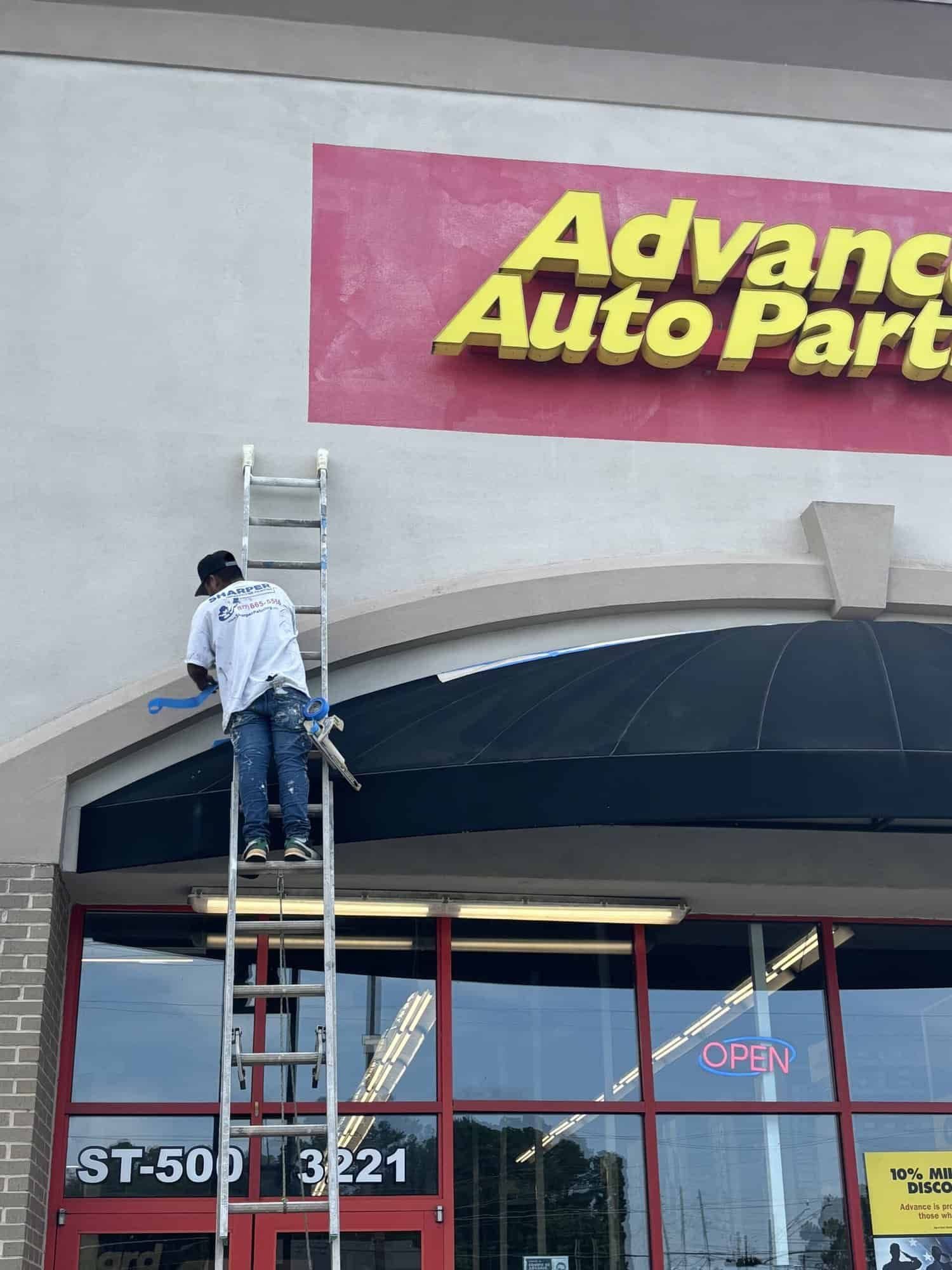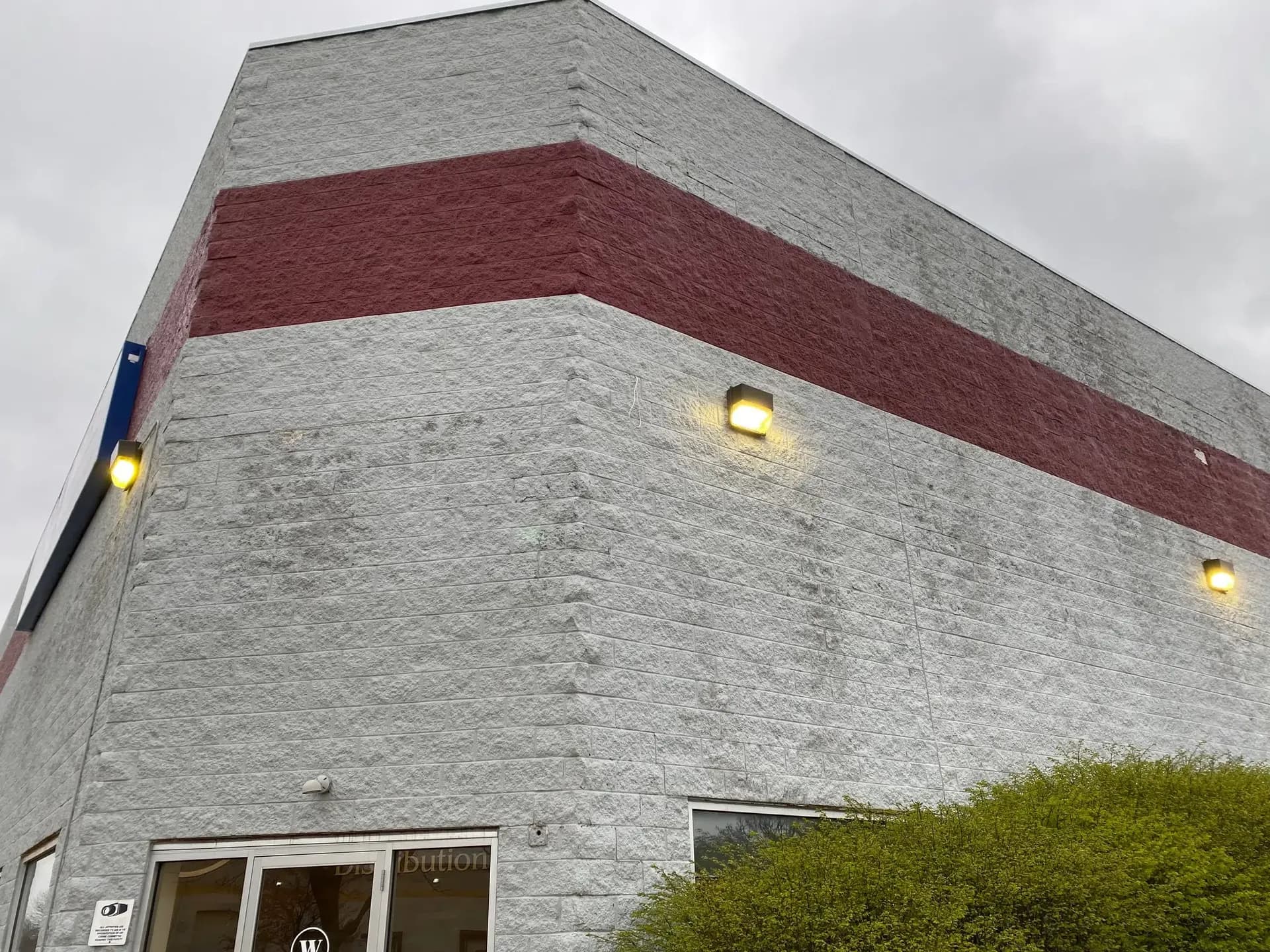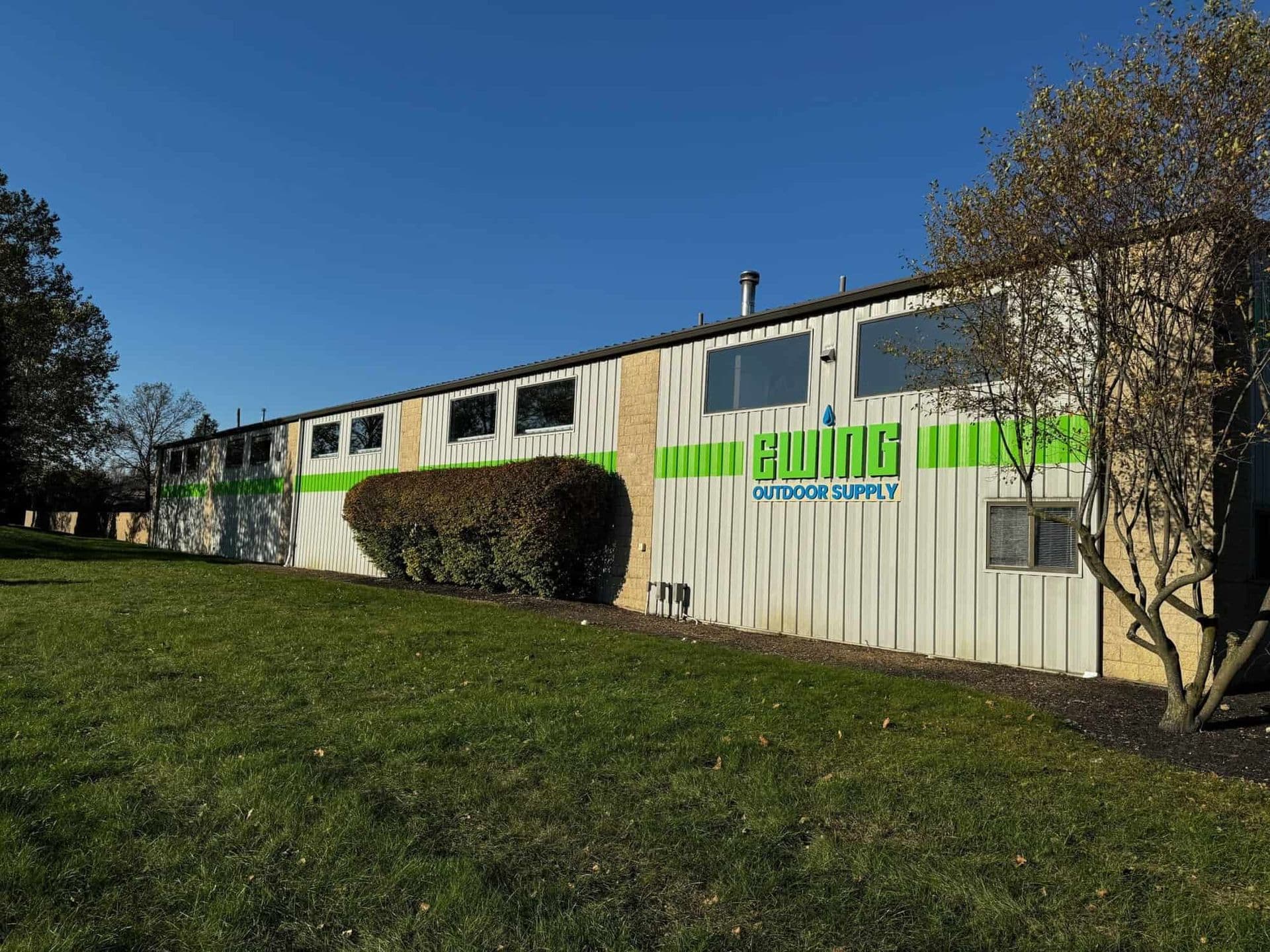Painting Resources for the Greater Orlando, FL Region
Paint vs. Protective Coatings: Which One Does the Job Better?

Schedule Your Quote Today!
25% Off
Ends 10/31
By submitting this form, you consent to receive SMS messages and/or emails from our company. To unsubscribe, follow the instructions provided in our communications. Msg & data rates may apply for SMS. Your information is secure and will not be sold to third parties.
Choosing between standard paint and protective coatings matters. Not all jobs are the same. Sometimes just color and appeal are enough. Other times, you need durable, heavy-duty protection. You need to know which one truly fits your project.
This blog breaks down the technical differences, product applications, real-world use‑cases, and proper scenarios for both paint and coatings. The goal: help business owners, property managers, contractors, and homeowners make informed decisions based on substrate, exposure, environment, and budget.
Defining Paint and Protective Coatings

What Is Paint?
Paint consists of pigments, binders, solvents, and additives. Its primary function is aesthetics—color, coverage, and minor protection from moisture or UV. Paint films are typically 2–5 mils thick, offering only surface-level durability.
Common limitations include lower chemical resistance, thinner protection, and quicker degradation in harsh environments.
What Are Protective Coatings?
Coatings are high-performance layers specifically designed for durability. They contain specialized polymers, resins, fillers, and additives to deliver barrier-level resistance against corrosion, abrasion, chemicals, moisture, and temperature extremes.
Typical thickness ranges from 5–30+ mils, and these coatings are common in industrial settings, infrastructure, and high-wear areas where long-term protection is essential.
Technical Differences Between Paint and Protective Coatings
Film Thickness and Durability
Paints achieve attractive finishes but lack durability in harsh conditions.
Protective coatings are thicker and tougher, offering years of robust defense.
Chemical and Environmental Resistance
Paints are vulnerable to acids, alkalis, solvents, and saltwater.
Coatings are engineered to tolerate harsh chemicals and environmental stress without breakdown.
Adhesion and Flexibility
Paint performs well on properly prepared surfaces but can crack or peel with movement.
Coatings are designed for secure adhesion on metal, concrete, wood, or plastic and accommodate thermal expansion.
Common Types of Paints and Their Uses
Paint Type | Typical Uses | Benefits | Limitations |
Acrylic Latex Paint | Residential and commercial walls | Wide color range, easy to apply | Limited chemical resistance |
Oil-Based Paints | Wood trim, metal doors, window frames | Smooth finish and durability | VOCs, slower drying |
Elastomeric Paints | Stucco, masonry exterior | Waterproofs, bridges cracks | Requires thick applications |
Specialty Coatings (anti-graffiti, anti-mildew) | Urban facades, humid climates | Targeted protection | More expensive than standard paint |
A high-end latex paint works well for interior or standard exterior surfaces. Elastomeric coatings add water repellency for stucco. But when chemical exposure, abrasion, or corrosion is involved, you need something stronger.
Common Types of Protective Coatings and Their Uses
Coating Type | Typical Uses | Benefits | Limitations |
Epoxy Coatings | Industrial floors, steel tanks | High chemical resistance, tough | UV-sensitive, may get brittle |
Polyurethane Coatings | Metal, concrete exterior | Durable, UV and abrasion resistant | More costly, demands precise surface prep |
Zinc-Rich Primers | Structural steel | Excellent corrosion protection | Requires compatible topcoat and overcoating |
Structural steel fire protection | Provides fire resistance | Application process requires precision | |
Masonry, concrete walls | Impact-resistant, waterproof | Minimal color options, heavier systems |
Coatings are engineered for tasks that paint cannot handle. Whether it’s handling chemicals, moisture, erosion, or fire—protective coatings deliver performance far beyond aesthetics.
Service-Specific Considerations
Commercial and Industrial Properties
Such facilities often face harsh conditions: chemicals, impact, moisture. Here, protective coatings are essential. For example, a steel structure in an industrial site would need epoxy or polyurethane to withstand chemicals and abrasion.
Residential and Light Commercial
For homes and offices, quality paint often suffices. However, protective coatings are smart for decks, garages, basement floors, or exterior trim—areas that face moisture or wear.
Specialty Environments
Food processing plants, pharmaceutical labs, marine facilities, and chemical plants require certified protective coatings, often FDA or NSF rated for hygiene, chemical resistance, or washdown durability.
How to Choose Between Paint and Protective Coatings

Assess the Environment and Exposure
Surface will be exposed to chemicals, moisture, heat, abrasion, or UV? Paint won’t hold up long-term under harsh conditions.
Consider Substrate Type and Condition
Metal, concrete, wood, or plastic require different coatings. Paint may fail against rust, blistering, or mold—something protective coatings are built to prevent.
Budget and Lifecycle Costs
Paints cost less initially but may need repainting every 5–10 years. Coatings cost more upfront but can last 15–20 years, reducing downtime and maintenance costs.
Application and Maintenance Requirements
Protective coatings often need professional application and curing, while paints can often be applied by small contractors or DIY. Maintenance for coatings usually involves cleaning and occasional recoats.
Common Misconceptions and FAQs
“All paints offer equal protection.” – False. Paints vary widely in performance based on formulation.
“Protective coatings are just overpriced paint.” – False. They’re engineered with specific performance chemistry.
“You can paint over protective coatings.” – Often yes, but make sure compatibility and adhesion are ensured.
Paint and coatings are different products—and they need to be matched to your project’s real needs.
Comparative Analysis of Longevity and Maintenance Costs
System | Estimated Upfront Cost | Lifespan | Maintenance Required |
High-Quality Acrylic Latex Paint | Low–Moderate | 5–8 years | Clean every few years, repaint as needed |
Elastomeric Exterior Paint | Moderate | 7–12 years | Re-coat after 7–10 years |
Epoxy + Polyurethane Protective Coating | High | 15–20+ years | Clean and inspect annually, minor spot repair |
Choosing protective coatings makes sense when durability, compliance, or chemical resistance is needed. For everyday surfaces, paint still delivers color and basic protection.
To Sum It Up
Paint: Great for aesthetics and moderate protection on standard surfaces. Affordable, accessible, and easy to apply—but may require more frequent maintenance.
Protective coatings: Built for toughness. Ideal for industrial, chemical, or high-wear environments. Provide superior protection, longer lifespan, and better return on investment under demanding conditions.
Your decision should be based on environmental exposure, substrate type, durability needs, and total cost over time. A quality coating specialist can assess your property, recommend suitable products, and ensure professional application tailored to your goals.
June 28, 2025
About the Author: Joseph Steele
Hi, I’m Joseph Steele, with Sharper Impressions Painting. We proudly offer high-quality interior and exterior painting services for homes and businesses in Atlanta, Columbus, Orlando, Indianapolis, Kansas City, and Nashville. From cabinet painting to deck and fence staining, we’re here to enhance your space. Learn more about us here.
See what others have to say
Above All, Our Customers Come First…
Sharper Impressions Painting is a painting contractor with over 32 years of residential painting experience along with an impressive reference list from satisfied customers. Your home is your most valuable asset and our respectful painting team will make it look great and keep it protected for a long time.
Our Locations

